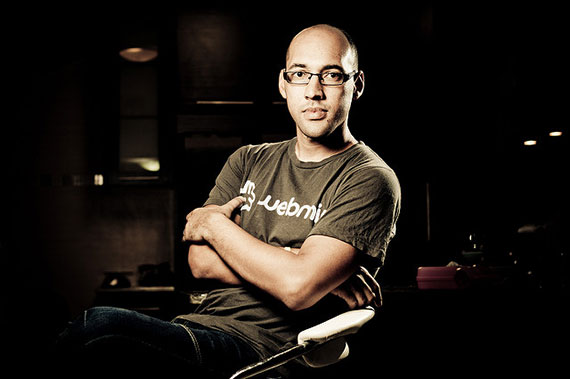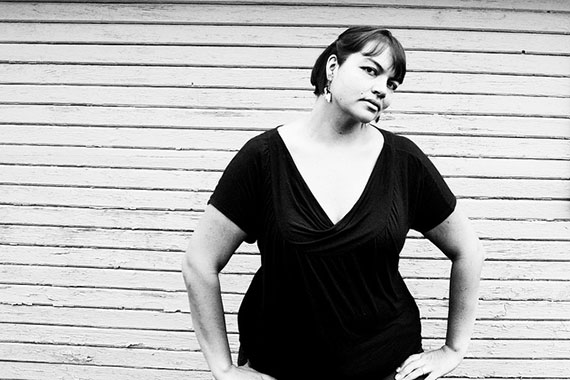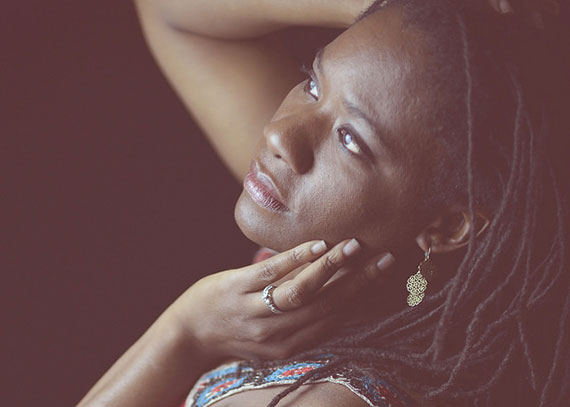Although you might think that a photographer would love taking a self portrait, it’s actually one of the most difficult pictures to take. With self portraits you don’t have the advantage of looking through the lens and carefully composing your image, so it can be real tricky to get it right. But with that being said, there are a few important tips you can use to make taking your self portrait a whole lot easier.

Photo by Wesley Nitsckie
Delay Timers
These days just about every SLR camera now has a delay timer which can come in very handy when taking a self portrait. This delayed timer will give you between 5-10 seconds (depending upon the camera) to push the timer and to run into the picture area just before the shutter releases. This isn’t ideal, but it will work in a pinch.
Remote or Wireless Shutter Releases
A remote shutter release will allow you to activate your shutter without having your finger on the trigger. They come in many varieties (including wireless) and work with most newer cameras and are the best option for taking serious photographs of yourself. They range in price from about $30 for wired versions to $50 for wireless, or you can build one yourself if you’re tech-minded (there are some great “how-to’s” for this available on the web).
Recruit a Friend
In almost every case (unless you can measure the distance and set your focus appropriately), it’s best to have someone sit so you can make sure the composition and focus are right on. A patient friend or family member will usually do the trick, or you can use any object that can sit at the correct height. One of the toughest part of self portraits is focusing, so you make need to take a few shots to get it right.
Be Honest
Remember that a photographer’s job is to tell the truth. It can be tempting in self-portraiture to only shoot images that show us in a positive light, but in all circumstances the integrity of the final image should take precedence over our sensitivity.

Photo by Andrea Parrish – Geyer; ISO 200, f/9.0, 1/60-second exposure.
This doesn’t mean you can’t take flattering pictures of yourself, but just consider the technical perspective instead of just considering the most complementary one. If the image tells the story you wanted to tell, whether or not you look “good” in it is secondary.
Get Your Lighting Right
Getting perfect lighting while shooting a self portrait can be quite challenging. If you use a stand-in, unless they have almost the exact same skin tone as you, there will need to be adjustments made throughout the shoot to create ideal light. The best approach is to set your camera on a full manual setting so you can adjust every photograph without being at the mercy of the camera’s internal sensors.
As far as actual “lights” go, you can use desk lamps, natural light, floor lamps, and/or your camera’s native flash to build an environment that works for what you’re trying to accomplish. Don’t be afraid to spend a couple of hours on your shoot; messing with the little details can be one of the most fun parts of self-portraiture.
Use Your Creativity
Just like with other types of portraiture, taking your self portrait requires a bit of creativity and thought. Use your imagination to think of ways that you can present yourself in different ways from the standard portrait. Try using props like costumes or dynamic lighting and interesting backgrounds that will help make your self portrait stand out.

Photo by cheriejoyful; ISO 500, f/1.8, 1/200-second exposure.
So, have fun taking your self portrait as it can be a fun break from the demands of other portraits. With self portraits, there are no pressing deadlines so take as much time as you need to get it right. In the end, it’s your own imagination that is your only limitation in getting the self portrait that you’ve always wanted.
About the Author:
Autumn Lockwood is a writer for Your Picture Frames. Shop online and see our selection of distressed picture frames in a wide variety of colors, styles and sizes.
Like This Article?
Don't Miss The Next One!
Join over 100,000 photographers of all experience levels who receive our free photography tips and articles to stay current:






How do you use a remote and not be obvious in the picture that you are pointing the thing at the camera?
If you’re in a hurry, just go into a bathroom with light coming in through a window and shoot your portrait in a mirror, then simply reverse the file in post. I’ve done it a few times and it works pretty well….
Never tried one but this article is definitely interesting… :D
Hello beautiful their a lot on the web i don’t understand and their a lot of sharing that i do understand, I like more the unexpected and the polaroid drawing i feel the same way. Not use to let my self go in the universe where nothing is limited, and u just have to beleive. Rihanna like diamond in the sky. Go malking :D
If your camera (or remote release) has an intervalometer you can use that too. Set it to make a handful of exposures a few seconds apart. It saves you the hassle of “running” to position for the first frame, and allows you to capture a few different looks each time.
Thanks for the article. I’m starting to get into self portraiture and appreciate the advice. Just a couple things I would add about lighting. If you’re using mixed light, like window light and a desk lamp you’ll have a hard time with white balance. If you’re shooting B&W this won’t matter so much. But for color portraits it’s probably better to stick with one sort of light per photo. And of course, shooting RAW will give you more leeway when adjusting colors in post processing. Thanks again!
“…Your Self Portrait” is redundant. “Self” already means it’s your portrait, so “your” is unnecessary.
Agree that self portraiture can be quite challenging. I don’t use a self timer. I prefer shooting with a remote shutter release.
“If the image tells the story you wanted to tell, whether or not you look “good” in it is secondary.”
jajajajajaja you’re obviously a guy ;)